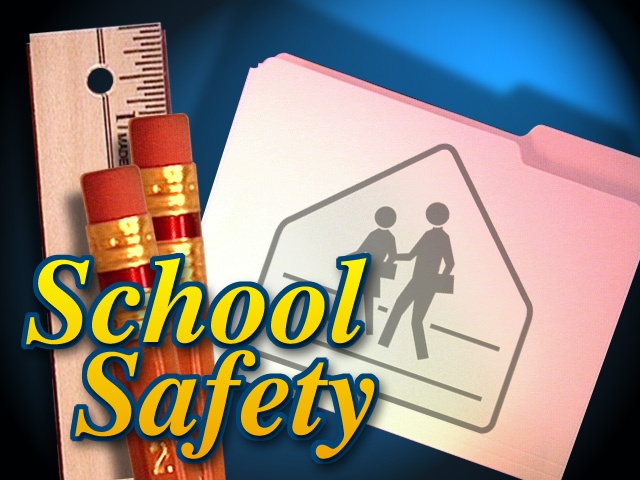School Shooting Threat
A female student at Franklin Senior High School in Franklin, OH, was arrested after allegedly threatening a mass shooting at her school, causing her classmates to panic. The 15-year old reportedly told several classmates that she wanted to do a mass school shooting and end it with a "suicide by cop".No weapons were found on campus, and the student is facing charges of inducing panic. Since it happened on school grounds, it is being treated as a felony. An audio of the 911 call can be found HERE.
School Shooting Threat Analysis
From 1998 to 2012, there were 22 Active Shooter Incidents in US K12 schools (Satterly, 2014). This is using the DHS definition of an Active Shooter, “An Active Shooter is an individual actively engaged in killing or attempting to kill people in a confined and populated area; in most cases, active shooters use firearms(s) and there is no pattern or method to their selection of victims” (DHS, 2013). This averages out to approximately 1.47 incidents a year.While these are tragic incidents, we need to maintain a proper perspective. More incidents are prevented than actually occur. Thankfully, this is one of those times where the good guys prevented something bad from happening. In fact, it is a good thing that this young lady may now get the help she needs.
It would seem that Franklin Senior High School has developed the kind of school climate in which students feel comfortable with telling a staff member about a serious situation. The school appears to have acted swiftly and correctly, and a possible tragedy was averted.
So what do we learn from this? The cheapest, best way to prevent tragedy is to invest time in developing a rapport with your students, whether you are a principal, teacher, or SRO. It is through that rapport that trust is built, and from that trust comes the capability for students to come forward with critical information in a timely manner.
The students who came forward are to be commended, as is the school staff who quickly alerted the police, who then acted quickly to investigate, arresting the student before she could leave school.
This is the goal. 1.47 Active Shooter Incidents a year is 1.47 incidents too much.



